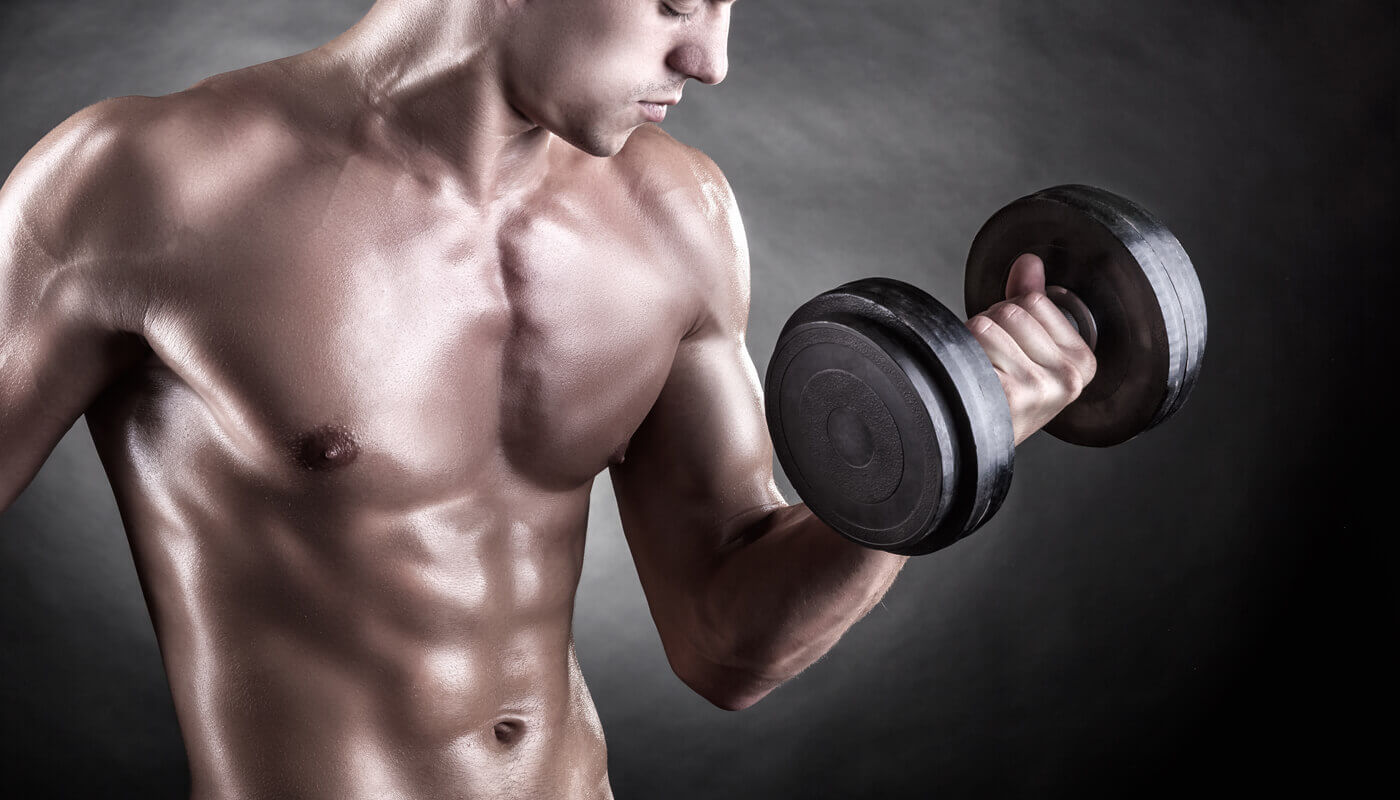From the very beginning of our existence, humans have been intrigued by strength. We have always been driven to test each other’s strength during feats of physical prowess, from the Highland games to the Olympics.
Superhumans
Strength athletics or strongman competitions have an ancient heritage. They are designed to truly test the strength of the participants. For instance, vehicle pull, keg toss, log throw, and power stairs are only a few of the many events one will need to master if they want to become the World’s Strongest Man.
As you watch Edward Hall, the current World’s Strongest Man, deadlift the weight of a polar bear (500kg) or Big Z (Zydrunas Savickas) log press 228kg, you can’t help but wonder just how these “superhumans” can achieve feats of almost mythological proportions.
All of them will attribute their success to hard work, discipline and determination. But there’s a possibility that genetics set these strongest men and women apart from the rest of us.
Studies show genes can influence both muscle strength and power. For example, inheriting a specific version of the ACVR1B gene helps explain differences in muscle strength.
Building strong muscles
With muscle, bigger doesn’t always mean stronger, because muscle strength has everything to do with the type of exercise we perform to make them grow. You grow muscles using a process called hypertrophy in two ways: You can increase the size of individual muscle cells, or you can increase the size of muscle fibres.
Athletes, like strongmen, who train to lift heavy loads gain muscle strength, because these types of exercises increase the size of muscle fibre. In contrast, the kinds of training bodybuilders use, multiple repetitions at sub-maximal weights, increases the size of their muscle cells to build bigger muscles. These muscles are more toned or defined, but are not necessarily stronger.
Myostatin and muscle growth
The growth of our skeletal muscles is controlled by a protein called myostatin. Myostatin is a myokine, a messenger molecule used by muscles cells to talk to each other, and it inhibits muscle growth.
Once released by muscle cells, myostatin binds receptor proteins found on the surface of neighboring cells. The ACRV1B gene linked to muscle strength, encodes one of these receptors, activin receptor 1B.
The ACRV1B variant
One variant of ACRV1B, rs2854464, is linked to knee muscle strength. People who carry the altered version of the ACRV1B gene are ~2% stronger than their peers with the normal version of the gene.
In another study, the altered version was found to be over-represented in sprint/power athletes compared to endurance athletes and non-athletes.
However, this finding was limited to a athletes of Caucasian-descent, and did not occur in a study of Brazilian athletes. This suggests the link between ACRV1B and athletic performance is ethnicity-dependent.
Exactly how this version of ACRV1B affects muscle strength hasn’t been determined yet. Since both myostatin and myostatin receptor levels are lower after exercises promoting muscle growth, it’s possible that ACVR1B protein level changes may explain the link. Find out your ACVR1B type with the DNA Fitness Test.
Bigger isn’t always better
Strong muscles have been linked to strong joints, strong bones and even better brain function. But, just remember that great feats of strength often come from people we consider to be average or nondescript. Superman may have superhuman strength, but under his red and blue spandex, he’s just your average sized Clark Kent.















